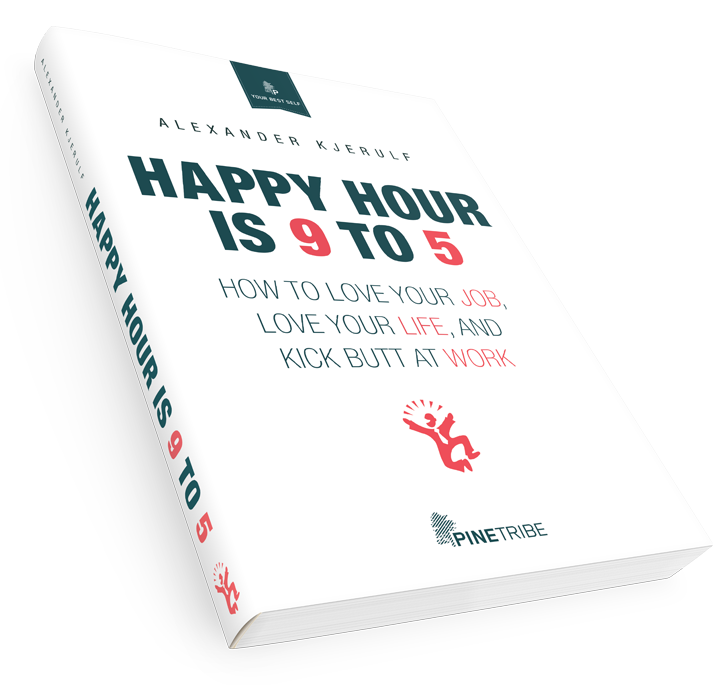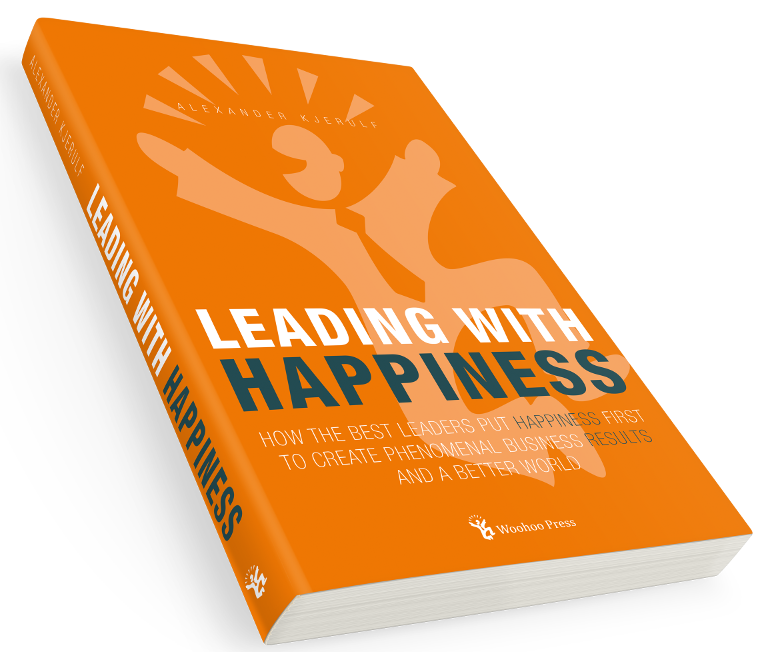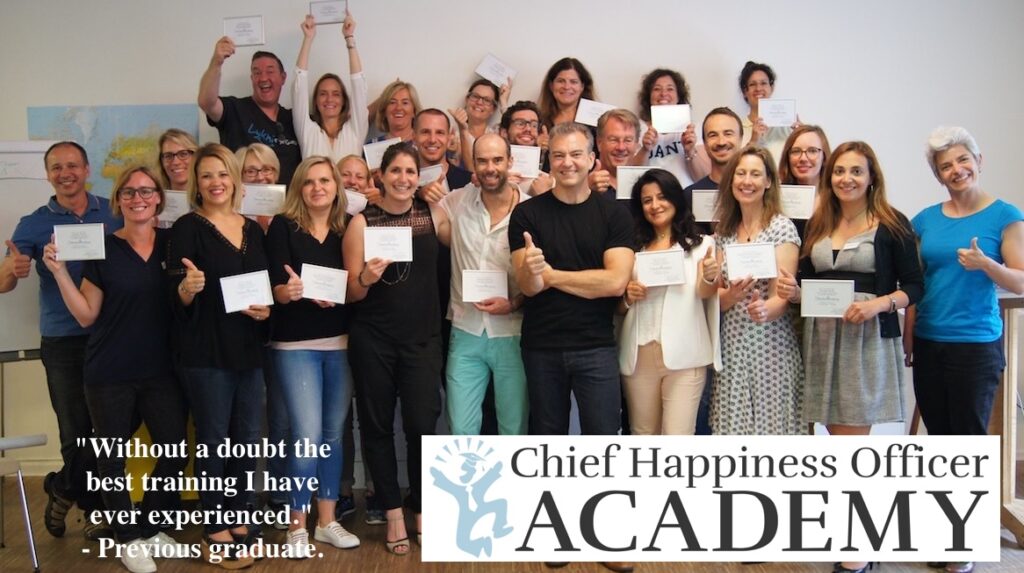About 2 years ago I got myself a new PC, and since then I’ve only use one piece of software that I paid for – and that’s Windows. Every other program on my computer is open source and free, and it has worked perfectly. I haven’t missed Outlook, Microsoft Office, Dreamweaver or any of those other programs I used to use. Instead I’ve been using:
openoffice.org – Reads and writes Microsoft Office files and works just as well. Contains a Word, Excel and PowerPoint clone all of which have all the features you’ll ever need. And you can save your documents as pdf files.
Audacity – An excellent program for recording and editing sound. I used it to mix music and to edit an audio book.
nvu – HTML editor. REALLY easy to use.
Firefox – The best browser around.
Thunderbird – A mail program that kicks Outlook’s butt.
Filezilla – A killer ftp client.
Azureus – The best bittorrent client around. Has the best user interface of any program I’ve ever seen.
egroupware – Additionally we use egroupware in The Happy At Work Project to share calendars, adress books and to manage some of our websites.
Not only is all the software mentioned here free and open source, it’s also available on multiple platforms, so if I decide to switch to a Linux or Apple machine tomorrow, I can continue to use the same programs and to work on the same files.
So why are you still paying Microsoft and others for software?






